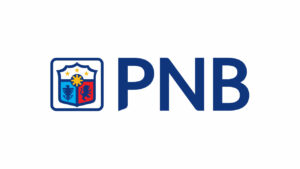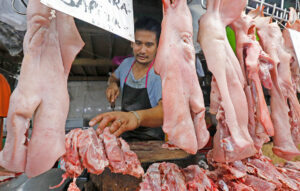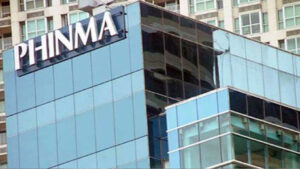Moody’s upgrades PNB’s credit rating

MOODY’S RATINGS on Tuesday upgraded Philippine National Bank’s (PNB) credit ratings, assigning stable outlooks, on the back of its improved profitability and strong capital position.
The debt watcher raised PNB’s long-term (LT) foreign-currency (FC) and local-currency (LC) deposit ratings to Baa2 from Baa3, it said in a statement.
Moody’s also upgraded the bank’s short-term (ST) foreign- and local-currency deposit ratings to P-2 from P-3, its baseline credit assessment (BCA) and adjusted BCA to baa3 from ba1, its FC senior unsecured rating to Baa2 from Baa3 and its FC senior unsecured medium-term note program rating to (P)Baa2 from (P)Baa3.
“At the same time, we have affirmed the bank’s Baa2/P-2 LT and ST FC and LC counterparty risk ratings as well as its Baa2(cr)/P-2(cr) LT and ST counterparty risk assessment,” it said. “We have also changed the rating outlooks, where applicable, to stable from positive.”
“The upgrade of the bank’s deposit ratings and BCA is driven by PNB’s sustained improvement in core profitability, robust capital and solid liquidity, which will provide sufficient buffers against the bank’s modest asset quality. PNB’s Baa2 deposit ratings incorporate our expectation of a high likelihood of support from the Government of Philippines (Baa2 stable), which results in a one-notch uplift from the bank’s baa3 BCA,” Moody’s said.
It noted the bank’s improved return on assets last year versus in the last five years, as well as its sustained wide net interest margin (NIM) amid its management of funding costs and higher interest earnings.
“Furthermore, the decrease in credit costs supported the increase in overall profitability. We expect the bank’s profitability to range around 1.7%-1.8% in 2025, with NIM expansion underpinned by the bank’s large proportion of loans with higher rates fixed for three to five years, growth of higher yielding retail, small and medium enterprise-sized, and commercial loans, as well as its low funding costs. We expect credit costs to increase modestly, but remain low, supporting the bank’s profits,” Moody’s said.
“As of end-2024, the bank’s tangible common equity to risk-weighted assets ratio was at 20.8%, the highest among its rated-peers in the Philippines. We expect PNB’s capitalization to decrease over the next 3 years as growth accelerates, but remain robust at above 16%,” it added.
The debt watcher added that PNB has a robust liquidity and funding profile, as well as a “strong franchise value in remittances.” It also has a large current and savings account deposit base, which brings down its funding costs.
“These strengths balance the bank’s modest asset quality, which deteriorated over the pandemic due to large, concentrated exposures. However, PNB’s problem loan ratio, measured by stage 3 loans as a percentage of gross loans, decreased to 6.7% as of end-2024 from the peak of 11.9% in 2021, driven by upgrades and write-offs,” Moody’s said.
“At the same time, PNB’s problem loan formation has improved while related party exposures and concentration in large exposures have decreased, reflecting better credit underwriting standards and risk management. Additionally, seasoning risks from the aggressive growth of its retail loans are partially mitigated by the fact the bank largely targets borrowers who are within its ecosystem and bulk of the growth will stem from the secured auto and mortgage loans, reducing risk of credit cost spikes.”
Moody’s said it is unlikely to upgrade PNB’s deposit and senior unsecured ratings in the near term as they are already at par with the Philippines’ sovereign credit rating.
“However, we could upgrade PNB’s BCA if (1) its asset quality strengthens to the problem loan ratio level of its baa2 BCA domestic rated-peers, which stood at around 2-3% in 2024, with credit costs remaining below 1%, such that (2) its return on tangible assets is sustained at above 1.5%,” it said.
“The upgrade would also depend on qualitative improvements in governance, including the bank’s risk management of its retail loan growth, as well as appetite for large, concentrated exposures and related-party transactions.”
Meanwhile, significant deterioration in PNB’s asset quality, profitability, and capitalization could lead the debt watcher to downgrade the bank’s deposit and senior unsecured ratings and BCA. — BVR



